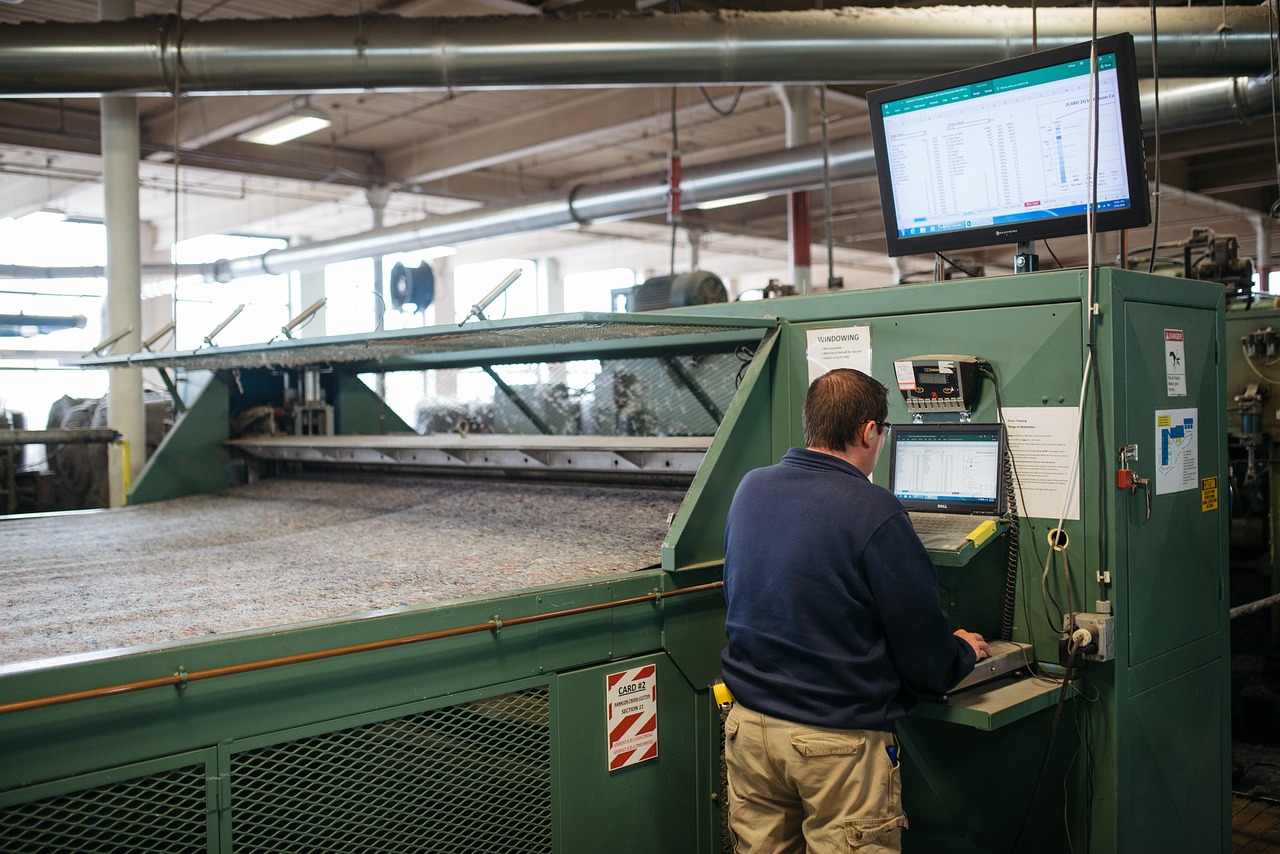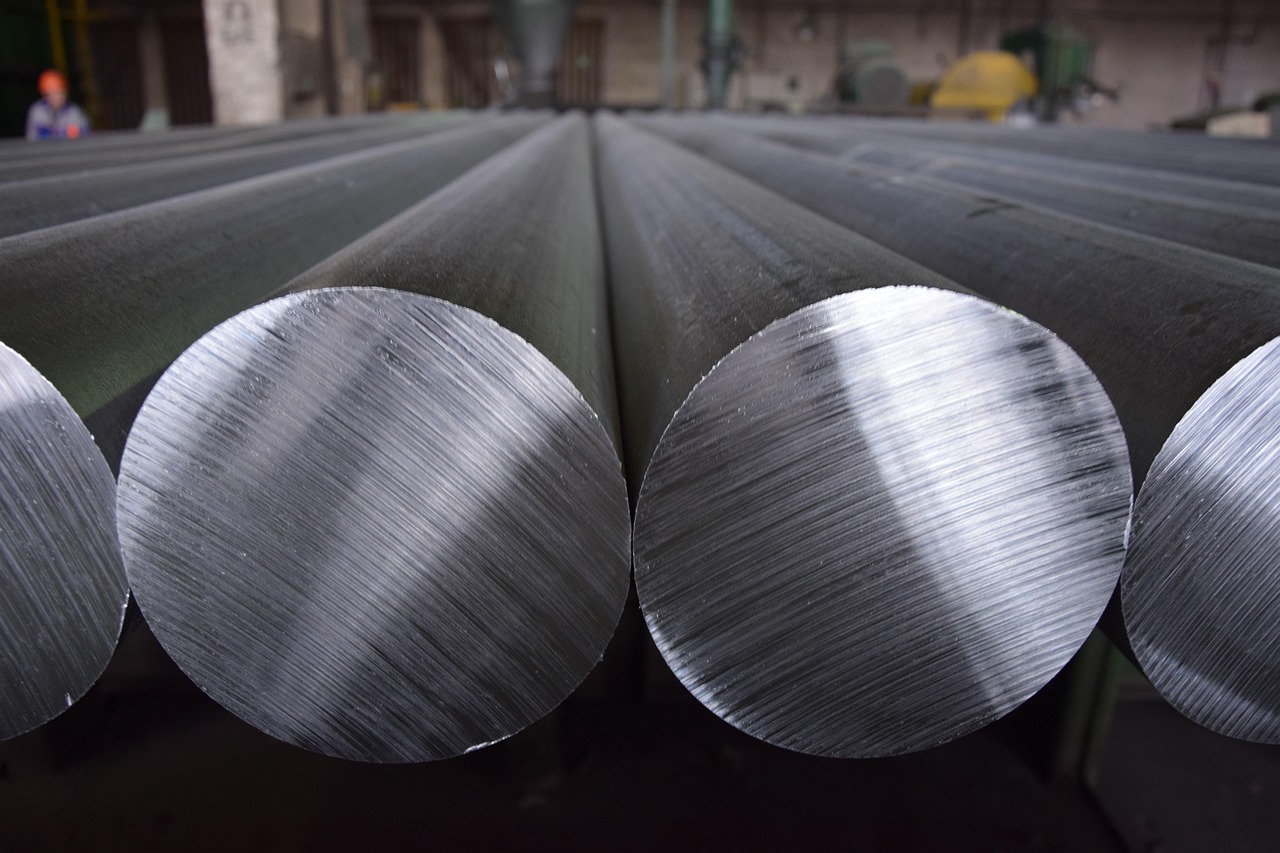From Fragmentation to Alignment
Manufacturing has always been shaped by complexity both on the shop floor and in back-office operations. Systems that don’t connect create a gap in communication between these functions, leading to disconnected data. Equipment that functions in isolation doesn’t give employees the ability to see what’s really going on and workarounds emerge out of necessity rather than design. These are symptoms of a world where coordination was never built in.
For a while, the solution was to add visibility in the form of dashboards layered on top of legacy systems, giving teams a view into performance. The issue is that visibility without integration only goes so far. True visibility and genuine progress happen when everything—equipment, people, processes, environments—works together through a shared layer of intelligence.
From Manual to Connected Operations
Most manufacturing facilities start with good equipment, solid teams, and established processes, but they operate independently. Maintenance is reactive, decisions are made based on experience rather than insight, and as tools evolve, sensors are added. Data trickles in and a few systems start to exchange information.
The picture still remains incomplete. Small improvements happen, but they stay localized. There’s no broader alignment.
Digital twins are changing that dynamic. Each major component is digitally mirrored and connected to a larger, coordinated system. These models are living digital counterparts that monitor real-time performance, adapt to changing conditions, and align with operational goals.
What emerges is more information and a system that helps people act faster, detect risks earlier, and make smarter decisions at every level.
What Integrated Plant Intelligence Actually Looks Like
At the center of our PlantTwin is an intelligence layer that’s built to bring together data from across the operation and translate it into actionable context. This leads to an understanding of what matters and, more importantly, why.
Around that core intelligence layer are digital twins for each key system. These represent specific processes, like HVAC, conveyors, packaging lines, or cranes. Our CraneTwin, for example, doesn’t just track movement, it monitors load strain, identifies signs of wear, and detects operational inefficiencies in real time.
These layers interact in meaningful ways:
- The central intelligence identifies patterns, tracks trends, and provides direction
- System-level twins handle local optimization, adapting to conditions on the ground
- Support modules handle safety, product traceability, environmental conditions, and staff movement
These layers form a unified system that reduces uncertainty, supports proactive planning, and delivers real-time actionable insight.
How It Shows Up in the Real World
This is happening today across a range of manufacturing environments, and it’s leading to a plethora of benefits. Furthermore, it makes it so that shop workers, managers, and C-suite executives are all working from the same source of truth with complete visibility. There is no fragmentation in terms of decision making due to disconnected data or information.
Legacy machines that once operated independently are now digitally enabled and feeding information into a larger intelligence framework. A decades-old crane can now signal maintenance needs before they turn into breakdowns. Operators plan lifts more efficiently minimizing downtime and reducing overlap.
Training becomes drastically improved by simulations based on actual plant conditions. This allows teams to rehearse emergency protocols or equipment malfunctions in safe, controlled environments, so when real situations arise, they’re ready.
Maintenance becomes proactive instead of reactive through predictive maintenance. Teams are no longer waiting for something to go wrong. Instead, they work from data that points to early signs of degradation. Schedules are becoming a strategic advantage instead of a reactionary issue.
Operators are now able to test changes virtually before implementing them. Whether it’s a new routing workflow or a material switch, they simulate outcomes, study the impact, and refine the plan before anyone touches the line. This makes decision making easier because it’s backed by valid data.
For organizations exploring AI, these models create a safe, accurate testbed. Algorithms are evaluated and trained within a digital environment that reflects the real one. In turn, allowing for confident deployment into a manufacturing setting when it’s time to act.
What Makes It Possible
Plant-wide intelligence doesn’t come from a single tool. It’s the result of proven systems working in concert. Digital twins serve as the foundation by capturing real-time data, providing accurate context, and keeping each process aligned with its purpose. Shared data models unify inputs while edge computing ensures fast decision-making even when connectivity is limited.
Visualization tools provide clarity and simulation tools bring foresight. Reality capture keeps the digital system in sync with what’s happening on the floor and puts the ability to provide what-if analysis at the fingertips of the users.
The architecture scales, and it fits within the operation you already have. It builds on what’s working and it strengthens what may be causing bottle necks leading to clear actionable steps for improvements.
The Real Advantage
This approach transforms manufacturing operations and not by replacing everything, but instead by creating cohesion where there was once fragmentation. Teams operate from the same information, not separate reports. They’re supported by systems that surface what matters, highlight opportunities, and minimize blind spots.
At the end of the day, the goal is to give people better tools to do their jobs. While instilling confidence, clarity, and control. Whether it’s a technician planning a repair, a supervisor adjusting production targets, or a safety officer preparing for a drill, everyone is working from the same foundation of insight and clarity.
The path forward doesn’t require disruption. It starts with connection, builds through coordination, and grows stronger with intelligence. This isn’t about driving change through starting over, but through building a foundation that can scale and provide valuable actionable information.




